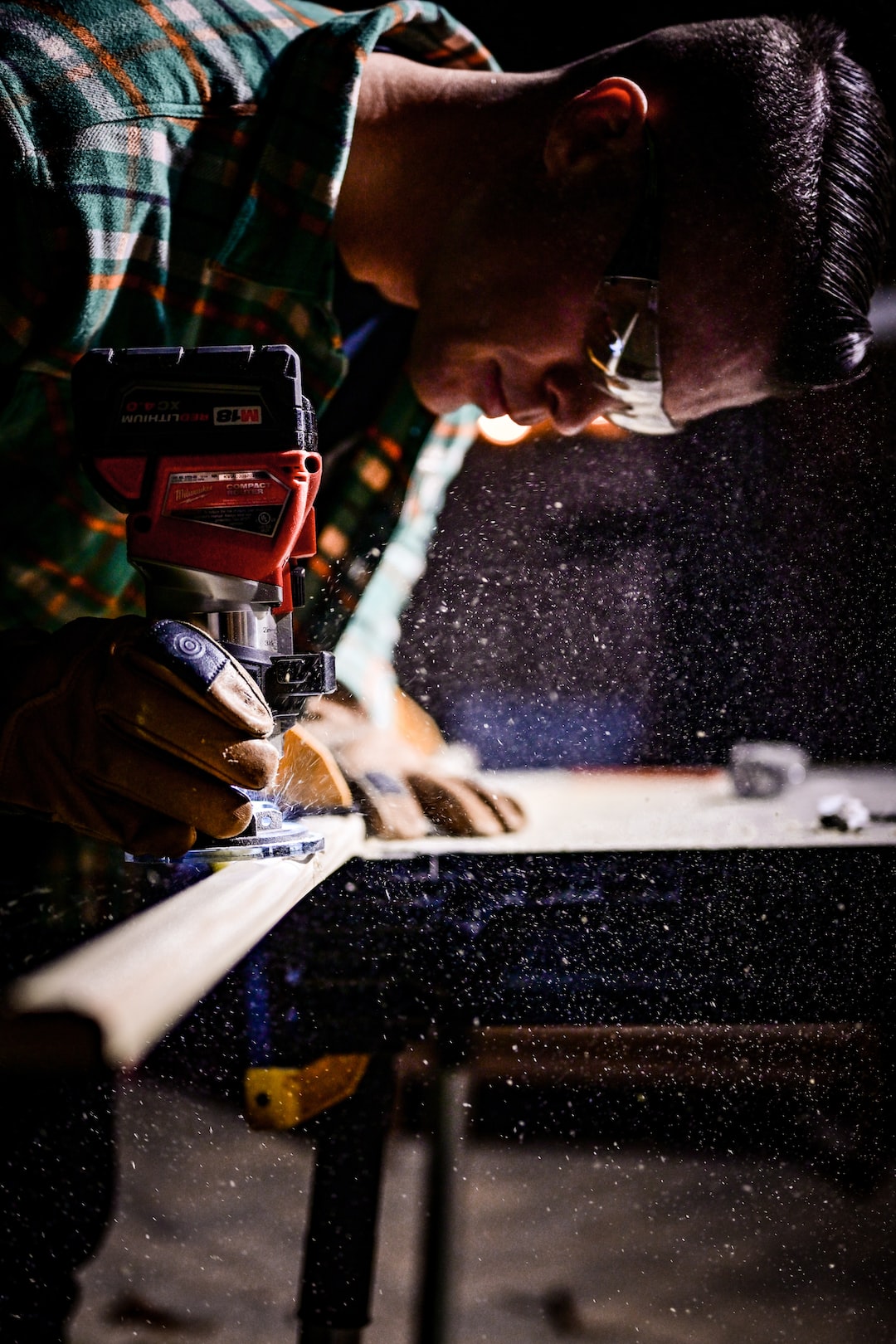The Use of Predictive Maintenance in Manufacturing Equipment
In today’s fast-paced manufacturing industry, having reliable and efficient equipment is crucial for maintaining productivity and meeting production targets. However, breakdowns and unexpected equipment failures can disrupt operations and lead to costly downtime. This is where predictive maintenance comes into play as an efficient and proactive solution for keeping manufacturing equipment up and running smoothly.
Predictive maintenance is a proactive maintenance strategy that uses data analysis and machine learning algorithms to predict when equipment failures are likely to occur. By monitoring the performance and condition of manufacturing equipment in real-time, potential issues can be identified early on, allowing for timely and targeted maintenance actions to be taken before any major breakdowns occur.
One of the key benefits of predictive maintenance is that it minimizes unplanned downtime. By detecting and addressing potential equipment issues before they result in failures or breakdowns, manufacturers can avoid costly production disruptions and delays. This not only helps to maintain productivity but also reduces the need for emergency repairs, saving both time and money.
Another advantage of predictive maintenance is that it allows for more efficient use of resources. Rather than relying on fixed maintenance schedules or regularly replacing parts, predictive maintenance optimizes maintenance activities by focusing on the specific needs of equipment. By only performing maintenance when necessary, manufacturers can reduce unnecessary downtime and increase the lifespan of equipment.
Furthermore, predictive maintenance also enables manufacturers to move from reactive to proactive maintenance. Instead of waiting for equipment to break down before taking action, manufacturers can now identify potential issues in advance and take preventive measures to avoid failures altogether. This shift from reactive to proactive maintenance not only saves time and money but also improves overall equipment reliability and performance.
The use of advanced technologies, such as sensors and Internet of Things (IoT) connectivity, plays a crucial role in enabling effective predictive maintenance. These technologies collect and transmit real-time data about equipment performance, temperature, vibrations, and other relevant parameters. This data is then analyzed using machine learning algorithms that can identify patterns and anomalies, allowing for accurate predictions about when maintenance is needed.
By integrating predictive maintenance into their operations, manufacturers can experience significant cost savings. According to a study by ARC Advisory Group, predictive maintenance can reduce maintenance costs by up to 30% and increase overall equipment effectiveness by up to 20%. By avoiding unnecessary maintenance activities and improving equipment uptime, manufacturers can allocate their resources more efficiently and invest in other areas that contribute to business growth and innovation.
Moreover, the use of predictive maintenance also contributes to a safer working environment. By ensuring that equipment is in optimal condition, the risk of accidents or malfunctions is greatly reduced. This not only protects the wellbeing of employees but also minimizes potential damage to the facility and surrounding environment.
In conclusion, the use of predictive maintenance in manufacturing equipment offers numerous advantages for manufacturers. From minimizing unplanned downtime and optimizing resource utilization to enabling proactive maintenance and improving overall equipment reliability, predictive maintenance has become an essential tool for enhancing productivity, reducing costs, and ensuring a safe working environment. With advancements in technology and the increasing availability of real-time data, predictive maintenance is likely to become even more prevalent in the manufacturing industry, helping manufacturers stay competitive in a rapidly evolving landscape.

